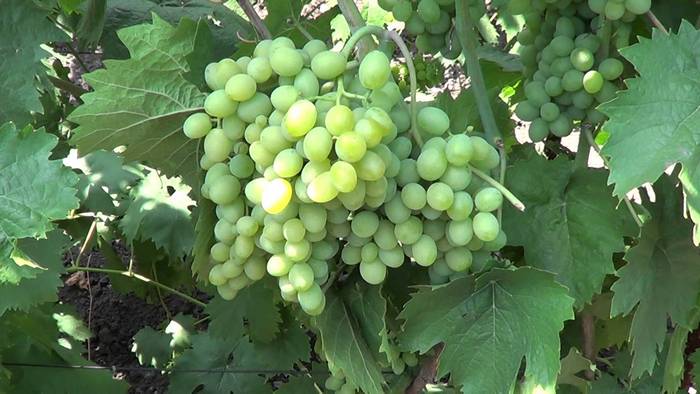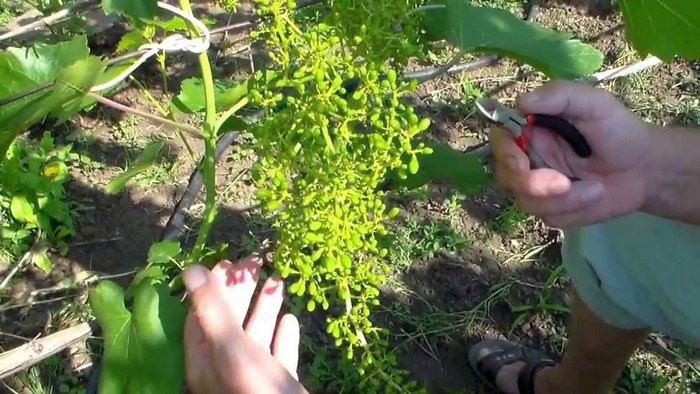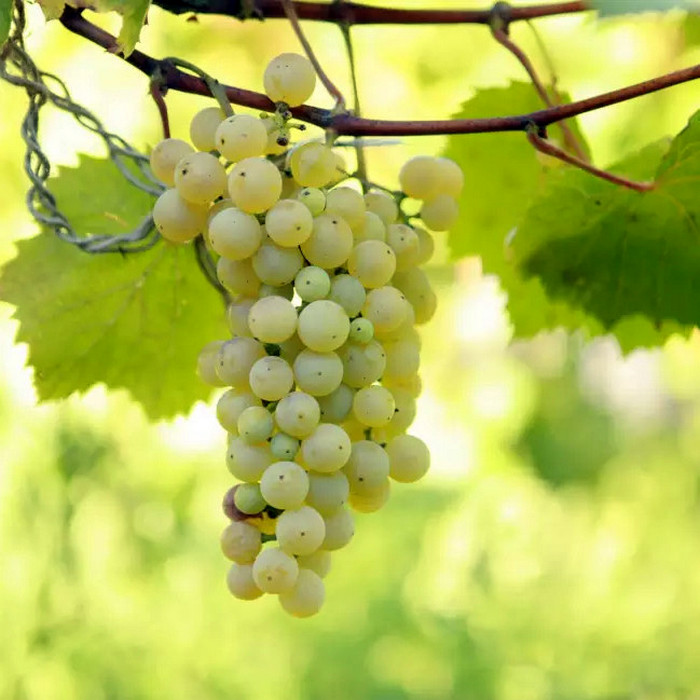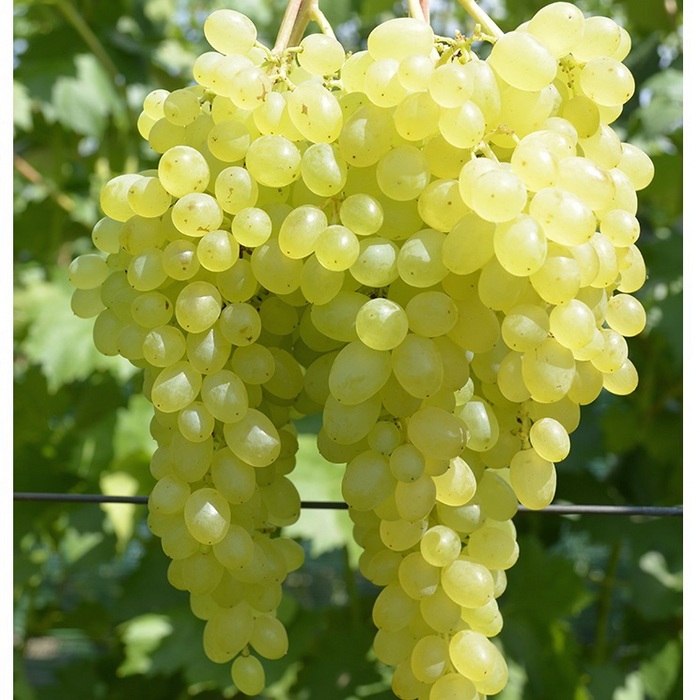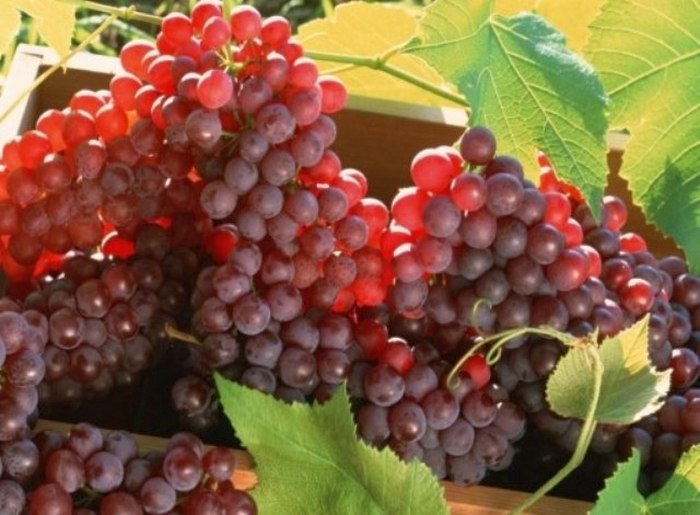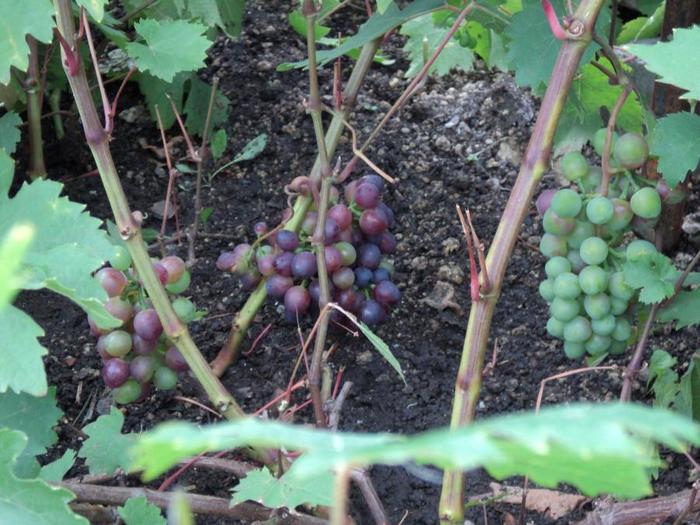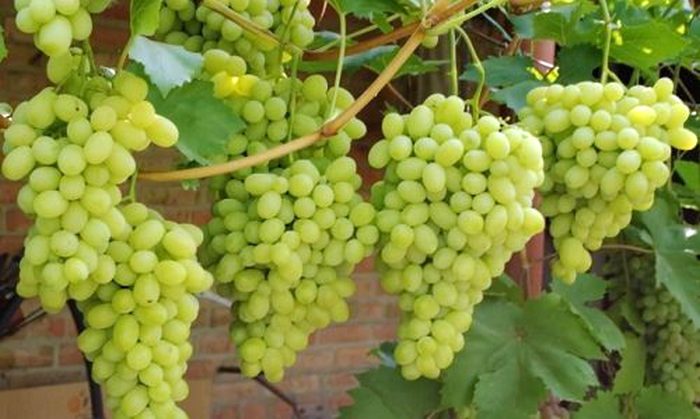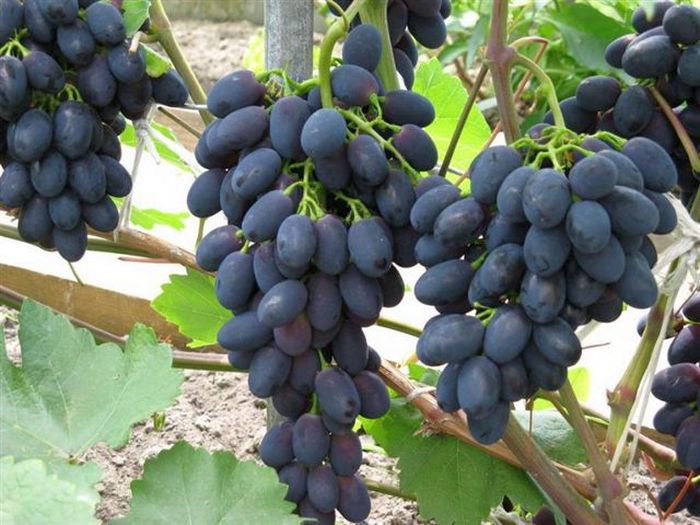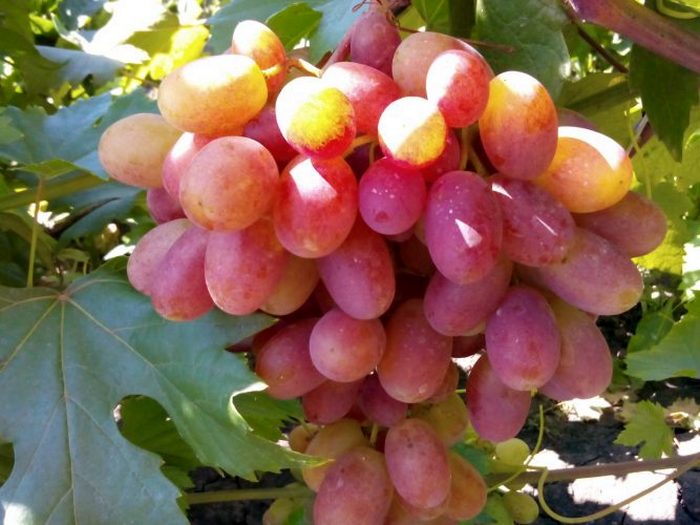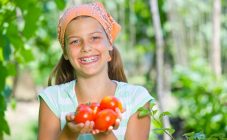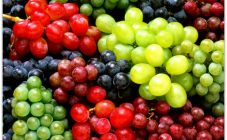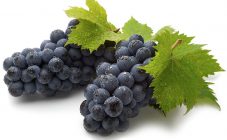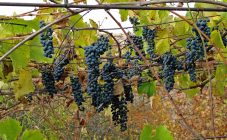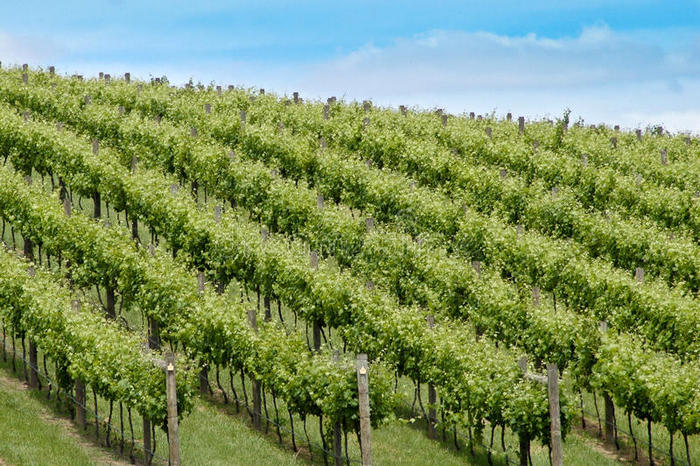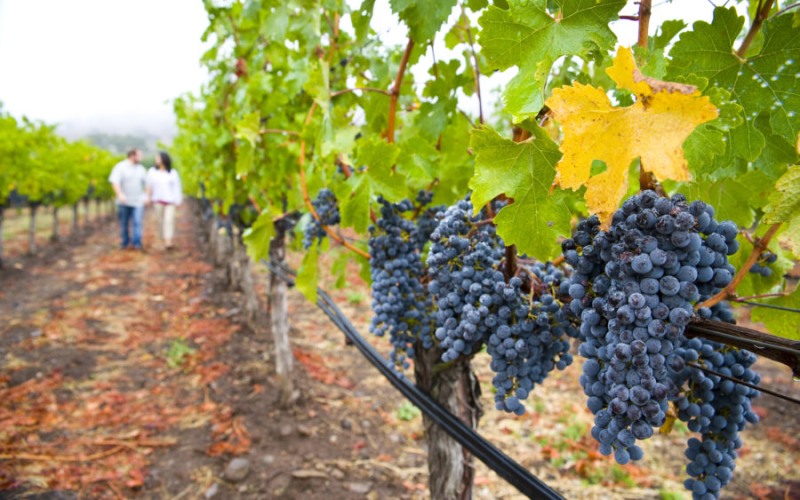Content:
Grape varieties can be divided by ripening time into:
- very early up to 105,
- early 105-120,
- average 120-135,
- late from 135 days.
It is considered economically and most efficient to grow ultra-early and early grape varieties. Grape growers appreciate early maturing species, because they are in great demand when sold and have a high cost. The berries acquire a sweet taste and fill up in 3-3.5 months. Due to the early maturity, the possibility of affecting the clusters with fungal diseases is minimized.
The ripening period depends on the climate of a particular area, on average 95-125 days. They are exposed to count the number of waterings, fertilizers and antifungal sprays.
The growing season starts from the moment when the buds swell, the optimal air temperature for awakening is considered to be from +2 to +32 degrees. If the temperature decreases or increases during this period, the ripening process of the berries slows down.
You can speed up the ripening time by foliar feeding with such fertilizers as boron and manganese. Preparations are useful for root feeding:
- Plantafol,
- Solution,
- Kristalon.
It is important to remove stepchildren in time, to thin out the leaves and berries in bunches. Overloading the crop can adversely affect the ripening rate of the berries. If, due to weather conditions, the ripening period is delayed, it is necessary to remove some of the unripe bunches, then the rest will ripen on time. Otherwise, there is a risk of completely losing the crop.
When choosing a variety, it is necessary to take into account its characteristics, cultivation characteristics in different climatic conditions, preferred soil, ripening time, bush size, the ability to tolerate winter frosts and spring frosts, as well as the ability to resist pests and diseases. Then you can decide on taste and species preferences.
A list of the most popular varieties for the central and southern regions:
- Kishmish, Arcadia, Kesha, Laura - early white grapes;
- Jubilee, Sofia, Veles, Victoria, Monarch - early red grapes;
- Magarach, Athos, Cardinal, Jupiter - very early black grapes.
Popular varieties for the northern regions include hybrids:
- Amur variety (Amur II, III, IV, early Express);
- American variety (Alpha, Venus, Veliant, Kay Gray, Moore Earley),
- Euro-American variety (Lando Noir, Louise Swenson, Prairie Star).
Northern viticulture has become possible thanks to the hybrid ultra- and ultra-early varieties that are able to withstand severe frosts in winter and heavy rains in summer. All these varieties are resistant to harsh winters, spring frosts and fungal diseases. It is better to plant such species in the warmest areas in the garden, as protected as possible from wind and excess moisture, focusing on the southwest and southeast. It can be a wall of a house, garage, fence.
Bushes must be broken off and pinched. Water every seven days.
In the autumn, vines are pruned and fertilized with nitrogen and potassium-phosphorus fertilizers. For wintering the first two years, the seedling must be covered. It is necessary to accustom him to severe frost gradually, leaving and adding one sleeve each subsequent year.
The earliest varieties: description, features
Very early seedless grape
This variety ripens one of the very first in the vineyard: in 80-85 days. The bush grows up to 1.5 meters, abundantly covered with leaves. Bunches of grapes are not very large, weigh 300-400 g, average density. The berries are white, medium and small, seedless, slightly elongated. The flesh is firm, rather juicy and crispy, the skin is thin.
The variety is distinguished by abundant growth of shoots and stepsons. It is recommended to leave no more than 25-30 shoots, otherwise the bush will be overloaded. The vine needs a short cut - next year 3-4 buds are left on the sleeve.
Average frost resistance: up to -21 degrees. The culture requires shelter for the winter, if this condition is met, it is permissible to grow a plant in the middle lane. Seedless requires regular preventive treatments in order to prevent infection with fungal diseases, this variety has poor disease resistance.
Grape Amur black ultra early
This early northern grape, unique in its kind, can be tasted on 85-90 days. Small to medium bunch, strewn with small sweet berries that are black in color. The pulp is tender, very tasty, with small bones, the skin is thick. Perfect for making aromatic wine, juice.
The bush is vigorous, requires frequent and strong pruning, not covering. The top of the bushes must be pinched a couple of days before flowering. Landing is done in a well-lit place.
The undoubted advantages over other varieties are winter hardiness, unpretentiousness and resistance to grape diseases. Perfectly withstands temperatures down to -36 degrees. Will poorly take root in areas with moderate, wet winters.
Very early Rubtsova grapes
The fruits of the superearly grapes ripen in 95-100 days. The bush is characterized by strong growth. A large bunch reaches a mass of 600 g, the density is average. The grapes are black, medium-sized, with seeds, round in shape. The pulp of the fruit is juicy, the skin is thin. The bunches can be on the bush for a long time without prejudice to the taste and appearance characteristics.
The variety shows a high yield. Medium pruning, carried out before the winter period, then covered in the usual way. It has good frost resistance, withstands temperatures down to -24 degrees. Practically not susceptible to diseases of a fungal nature.
Laura grape
A very common super early variety, the fruits ripen on 105-115 days. Bushes of medium height. A cluster of medium and large size, medium or loose density, weighing 700-1500 g, sometimes brushes reach gigantic sizes up to 2000-2500 g. Berries are creamy-yellow, large, rounded, slightly elongated, thin skin. The pulp is firm, very juicy and sweet, with a pronounced nutmeg flavor.
Resistance to frost and fungal diseases, tolerates temperatures down to -23 degrees. Pruning the bush is short or medium 5-8 buds, it is recommended to leave vigorous shoots to avoid thinning the vine and get a high-quality harvest.
Grape Express early
Ripe berries appear in 105-115 days, in the first half of August. A bush of medium height. The bunch of this variety is not very large, weighs 250-350 g. The berries are medium, bluish-black, round in shape. The pulp is juicy and has a specific taste.
Consistently high yield, the variety is unpretentious to weather conditions and is considered universal. Suitable for both the central part of the country and the northern latitudes.
High frost resistance and disease resistance, withstands temperatures down to -32 degrees. Suitable for making juice, wine, brandy, raisins.
Codryanka grapes
Codreanka is a variety that can be classified as super early, from bud ripening to harvest takes about 110-115 days. The bush is vigorous, loves space. The bunch is quite massive, weighs 600-1000 g, sometimes 1500 g, medium density, has a conical shape. The berries are dark purple in color, large in size, with a stone, oblong in shape. The pulp is fleshy and crispy, thin skin. The taste is moderately sweet.
Withstands frosts down to -23 degrees, easily tolerates spring frosts, which is an undoubted advantage over other grape varieties. Resistant to most diseases. Pruning is high, for 8-10 buds, the total amount on the bush should not exceed 40-50 pieces.
The berries of Codryanka contain a high amount of acetylsalicylic acid, from which grape vinegar is produced.
Grape Transfiguration
The fruits of this grape ripen in 110-125 days. The bush is powerful. The weight of a bunch ranges from 700 to 1500 g, in some cases it reaches 3000 g. The density is medium, loose. The berries are large, oval-shaped. Ripe grapes are pink in color. The pulp is very juicy, fleshy. The taste is sweet with a slight sourness.
Frost resistance up to -23 degrees. It can be attacked by a grape mite, the immunity to fungal diseases is average.
It is unpretentious to the soil, it is not necessary to plant near trees and other plants. The landing site should be protected from the north wind, with preference given to the southern sides of the buildings.
The vine is cut to 6-8 eyes, the shoots are left in the amount of 24-28 pieces. For the winter, the grapes are pressed to the ground and covered with soil, after cutting them off.
By choosing the right variety, you can enjoy the aromatic berries in almost any region.
